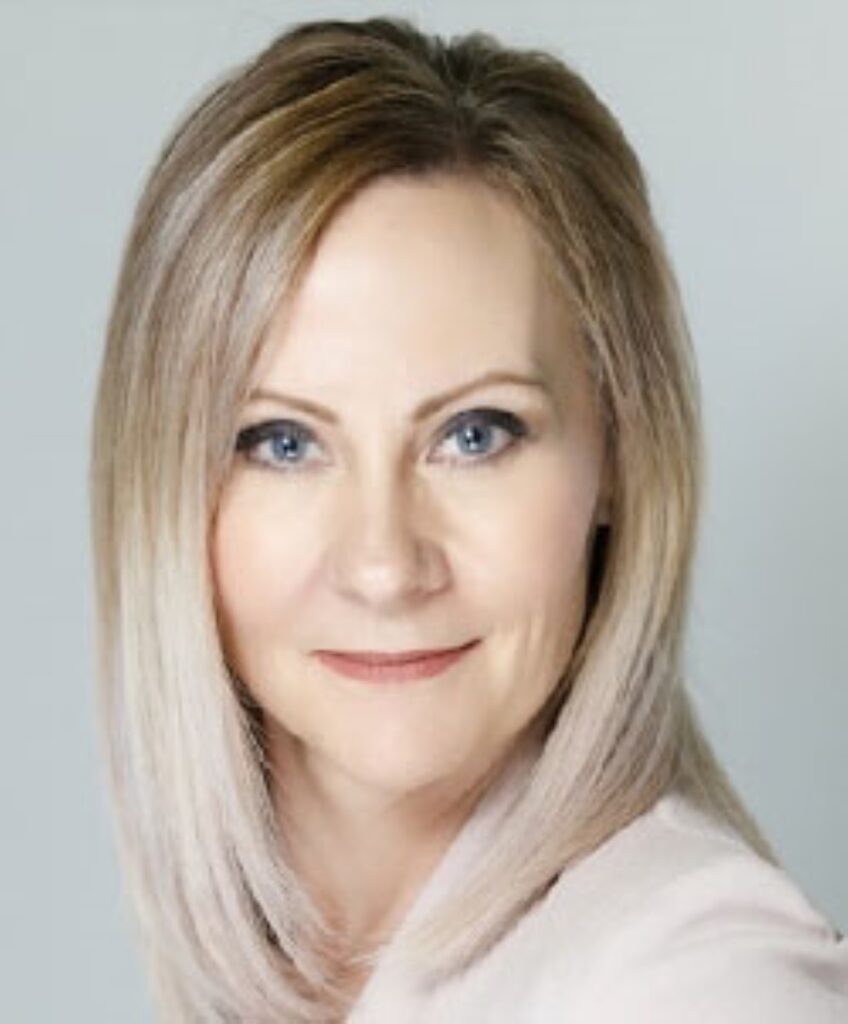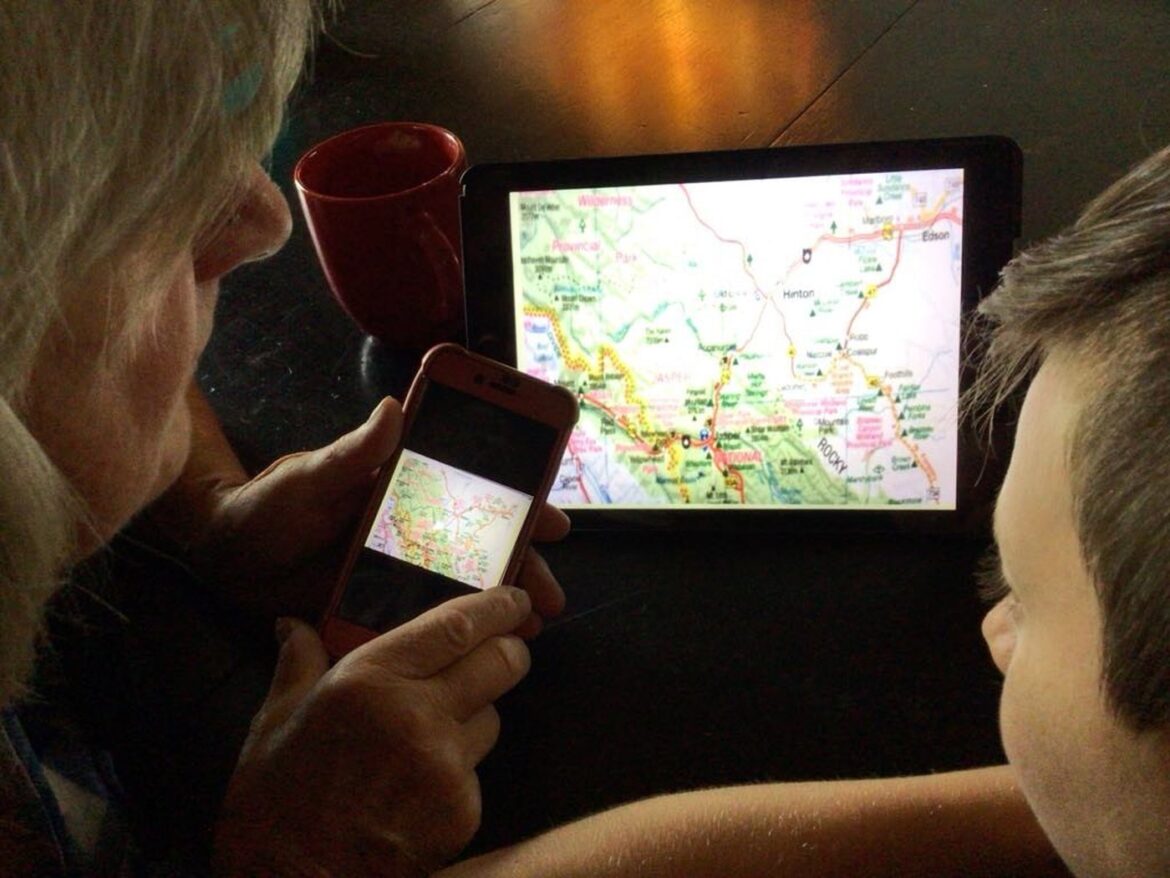Thousands of Albertans emotionally tied to a unique mountain town are looking for ways to help in its time of need.
But as the embers and blackened building frames still smouldered in Jasper, population 4,600, avenues of support weren’t necessarily easy to find or navigate.
Maps and Google before them, Patti Smith and her 12-year-old grandson sorted through stories about a wildfire that destroyed nearly a third of the town’s structures, wrestling with issues and questions as they came to mind.
They talked about the value of people versus landmarks and tourist attractions, and whether communities other than Jasper might be in trouble.
“How to actually help is something that’s hard to find out,” said Smith, a lifelong resident of rural Ponoka. “Do you drive to Jasper and wave around a fistful of money and say, ‘Hey! Here!’ ”
Not exactly. But the money part is sound.
Dollars or Stuff?
“Sometimes we can’t even anticipate what’s needed, so cash is king,” said Scott Cameron, an emergency management consultant and former Jasper resident. “Stuff is good, but it takes a lot of energy and resources to manage stuff, whereas cash allows the community and people to do what they need to do.”
There’s a feel-good connection to directly donating goods. But well-intentioned junk is still junk, Cameron said.
“A disaster is not a time to empty your basement. A disaster is a time to step forward with a contribution that’s going to provide comfort in the best way possible.”

Jasper municipality and national park residents and visitors – perhaps 25,000 of them – scrambled to escape the community when an evacuation order came down Monday, July 22, because of two wildfires. Less than two days after the order, the southern-most fire reached the town.
With that, Jasper soon became the third major Alberta community to suffer significant damage by wildfire in the last dozen-plus years. Slave Lake was struck in 2011 and Fort McMurray in 2016.
Helpless to do much more, evacuated Jasperites scoured the internet for news, videos and images. Friends, family and strangers saw similar content, over and over, and wanted to help.
For some Albertans and British Columbians, that meant opening their communities and homes to evacuees. Others wanted to act by making donations — quickly.
Cameron understands the impulse. But reacting to the earliest or most emotional appeal in your feeds and platforms should be tempered with checking facts, avoiding scams and making sure you’re using established, credible channels, he said.
Indeed, the Better Business Bureau has already distributed a scam warning. The organization suggests using its charity review area to make sure those who seek your dollars are legitimate. Also at bbb.org are tips for vetting crowdfunding campaigns and direct, unsolicited appeals.
Cameron, a cofounder of Emergency Management Logistics Canada, said groups with good reputations like the Red Cross are always a solid option. The Red Cross does has the structure and expertise to target the most pressing needs, regardless of where in Alberta the fire is.
Donate online at redcross.ca, by calling 1-800-418-1111, or — for a quick $10 shot — by texting ABFIRES to 45678.
The bonus is that one dollar becomes three: the province and the federal government match donations to the Red Cross’s 2024 Alberta Wildfires Appeal.
Cameron, of course, has direct concern for his former community and the people he knows there.
Today he lives in Calgary, but back in 1988 Cameron completed his university practicum with the Jasper School Division in what was then classified as a townsite rather than a municipality. After graduating, he continued in Jasper from 1989 to 1992, launching a three-decade career in management positions in local government.
“I’d see some of the pictures, and I couldn’t pick out landmarks to know where it was. I mean, you’re curious of course, but at the same time you don’t want to participate in some sort of voyeurism. So yeah, I was concerned about the people I know and the community itself. I just couldn’t tell a lot from the photos.
“So you’re left questioning, you know?”
Through friends and Facebook, he learned that the Jasper Community Team Society (jaspercommunityteamsociety.ca) had set up a relief fund, earmarking 100 per cent of donations to community support. “You go with who you can trust,” said Cameron.
Trusted sourcing is always critical in times of emergency, another Albertan with a connection to Jasper —and wildfires — told the Local Journalism Initiative.
The Two Faces of Social Media
Lisa Sygutek, the owner a newspaper deep in the southwest corner of the province, said the bonds between media outlets like hers and official sources are critical.
“Watch social media, but just be careful what you read there. It’s like there’s a good side and an evil side,” said Sygutek, publisher of the Crowsnest Pass Herald. “It’s often just someone’s opinion and it’s not always accurate.”
Jasper’s fire flashes Sygutek back to the 26-day Lost Creek Fire in the summer of 2003. “We lost 22,000 hectares of land in our fire. And the visual of what we went through is actually still here; you see the burned trees.
“The whole mountain burned down for us. I was evacuated twice, it was that close to my house.”

Seeing flames approach your home challenges your sense of security, Sygutek says. But Pass residents didn’t lose homes, landmarks and businesses.
The lessons her community learned from 2003 carry on, said Sygutek, also the president of the Alberta Weekly Newspapers Association and a Crowsnest Pass councillor. But there is always risk.
Fires have struck just across the border in B.C. this year, “so you have this feeling, you know, that it’s going to hit us.”
The Pass has “dramatically changed” since the pandemic, she said. The base population is about 5,600, but about 1,700 more people are weekenders or what’s called a shadow population. And there are tourists, too.
“We’re a mountain community, but we’re a motorized community. We’re not a park. Back-country tourism, randomized camping, off-road vehicles — they’ve exponentially increased. So we’re very nervous about wildfire, incredibly nervous.”
Even though the communities are in different parts of the province, the bond between Jasper and Crowsnest is strong.
Mountain people often move from one mountain community to another, she said. Nearby mining is a common denominator, too, and some residents have transferred south through their employer, Teck Resources.
“You’d be quite surprised at how many people are reaching out and saying, I have family in Jasper. I have lived in Jasper. I’ve spent a tremendous amount of time in Jasper. Or we have space for you in Crowsnest Pass. It blows my mind.”
She said her heart goes out to the people of Jasper, from young families and businesspeople through to senior citizens and seasonal workers.
“Seniors don’t always know how to fill out the paperwork. They don’t know how to deal with insurance. You need to make sure that the most vulnerable in your community or are protected,” Sygutek said.
Some of the young people working in the service industry, many from abroad, could be left with nothing but a car, if that.
“It must be a terrifying feeling for them,” Sygutek said. “They’ve got a job for themselves, which in most instances pays minimum wage. And now they’ve had to live through this traumatic experience.”
The Heart of Jasper
Cameron said Jasperites treat seasonal workers as their own.
“They’re not external to day-to-day life. They’re an important part of successful businesses, that’s how they’re recognized on the street, and that’s how they’re treated.”
Although it’s been a long time since he lived there, Cameron’s current connections and knowledge of Jasper give him hope.
“They have strong social capital. There are high levels of trust. They’ve got groups and networks, volunteer organizations. There’s a lot of social cohesion,” he said.
“They’re always open and welcome to all the workers that are coming. But there’s a core community there and it’s tight. Some people have lived there for generations. That’s going to be critical as they move into their recovery efforts.
“You know, in terms of physical recovery, and emotional and social recovery, that community is going to bond together even more. The heart of Jasper will continue to be the heart of Jasper, because it’s about the people that are there.”
Back at the Kitchen Table
Meanwhile, at Patti Smith’s kitchen table, her grandson worries about communities and evacuations that might not get the media coverage that Jasper does.
What about small places without good roads and familiar landmarks and attractions? Aren’t they just as important?
“He’s concerned about how people in a tiny place would be able to get out of there if they had to,” she said. “So that’s the perspective of a 12-year-old.”
By George Lee, Local Journalism Initiative Reporter






